Gallery Network
Spotlight: London Exhibition Pays Homage to Carla Accardi, the ‘Lady of the Abstract’
Marking a century since the artist's birth, Massimo de Carlo presents 'Opera Aperta.'

Marking a century since the artist's birth, Massimo de Carlo presents 'Opera Aperta.'

Artnet Gallery Network

What You Need to Know: On view through May 18, 2024, London’s Massimo de Carlo is presenting the solo exhibition “Carla Accardi: Opera Aperta.” Featuring works dated from between 1977 and 2013, the show marks the centenary of the artist’s birth, and highlights the unique experimentality that was her practice as well as her contributions to the development of abstraction both in Italy as well as internationally. Colloquially referred to as la signora dell’astratto (lady of the abstract), Accardi was a pioneering woman artist who was at the forefront of post-war artistic innovation, and “Opera Aperta,” or “Open Work,” illustrates the artist’s evolution.
About the Artist: Carla Accardi (1924–2014) is regarded as one of the most influential figures within 20th-century Italian art; she was associated with both the Arte Informale and Arte Povera movements, and was a founding member of the artist groups Forma 1 and Continuità. Originally from Trapani, Sicily, she studied at the Accademia de Belle Arti in Palermo and Florence before ultimately relocating to Rome in the mid-1940s. Inspired by futurism, Forma was founded in 1947 with artists including Ugo Attardi, Piero Dorazio, and Antonio Sanfilippo, who she married in 1949. At the outset of her career, Accardi was producing a significant number of self-portraits as well as experimenting in black and white and with color and shape, but as her practice evolved her work became intensely colorful by the 1960s and she began using Sicofoil as a support, a transparent acetate, that gave her work a distinct luminosity. She would later employ the material as a sculptural element. She participated in both the 1976 and 1988 Venice Biennales, which brought her work to the international stage and solidified its place as a cornerstone within the history and trajectory of Italian Modernism.
Why We Like It: The exhibition’s titular work Opera Aperta (2011) is exemplary of Accardi’s mastery of color and shape, which is echoed throughout the show, bringing together sharp yet lithe line work and three distinctive hues. Drawing from color theory as tapping the possibilities of both organic and natural forms, each painting invites viewers to find and reflect on the achieved harmony of elements. Examples of the artist’s employment of Sicofoil in the show further emphasize her ability to harness ambient light and perspective. Featuring works from across a more than 30-year span of Accardi’s career, encompassing some of her most prodigious and influential periods of her career, allows visitors to visually trace her line of artistic inquiry—and recognize how and why her oeuvre on the whole is still considered today one of the most influential in Modern art.
See inside the exhibition and featured works below.
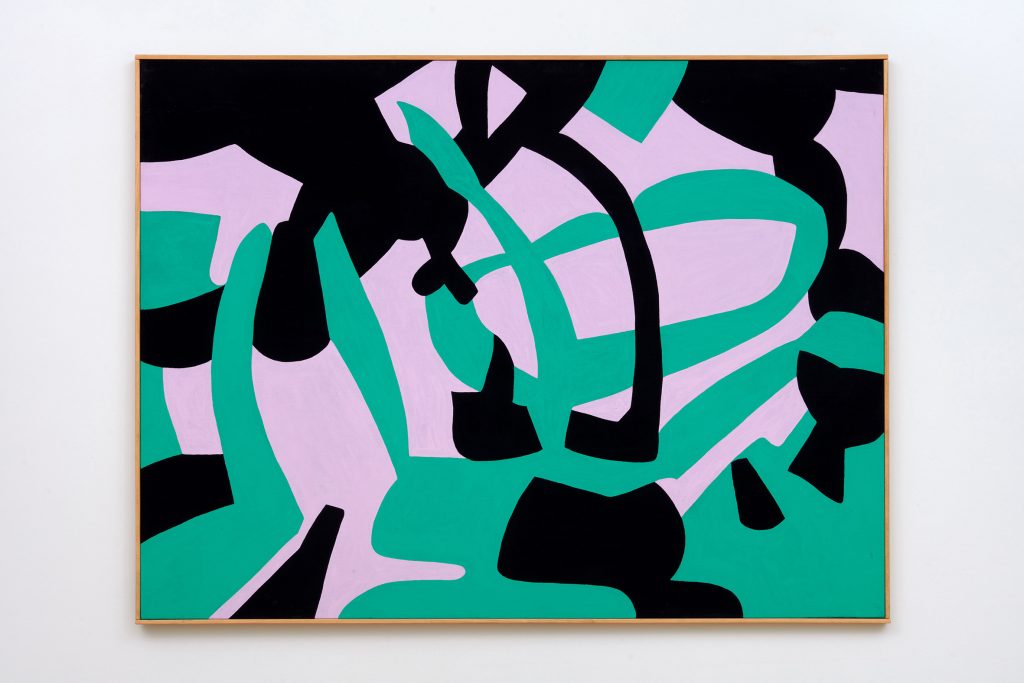
Carla Accardi, Opera Aperta (2011). Courtesy of Massimo de Carlo, London.
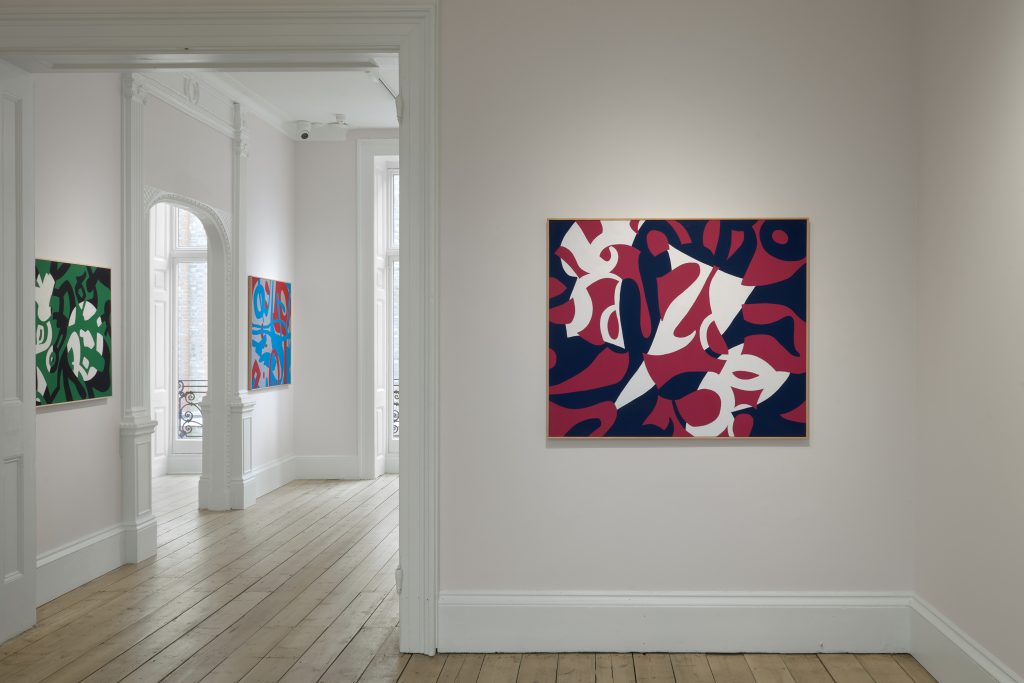
Installation view of “Carla Accardi: Opera Aperta” (2024). Courtesy of Massimo de Carlo, London.
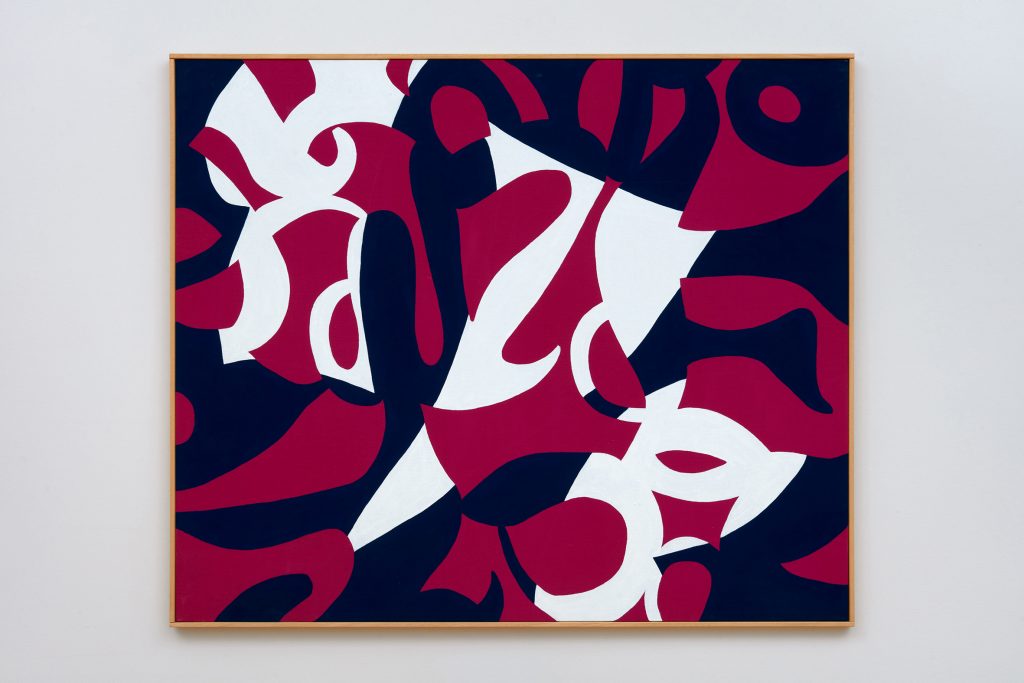
Carla Accardi, Sorrisi di Lampi (2013). Courtesy of Massimo de Carlo, London.
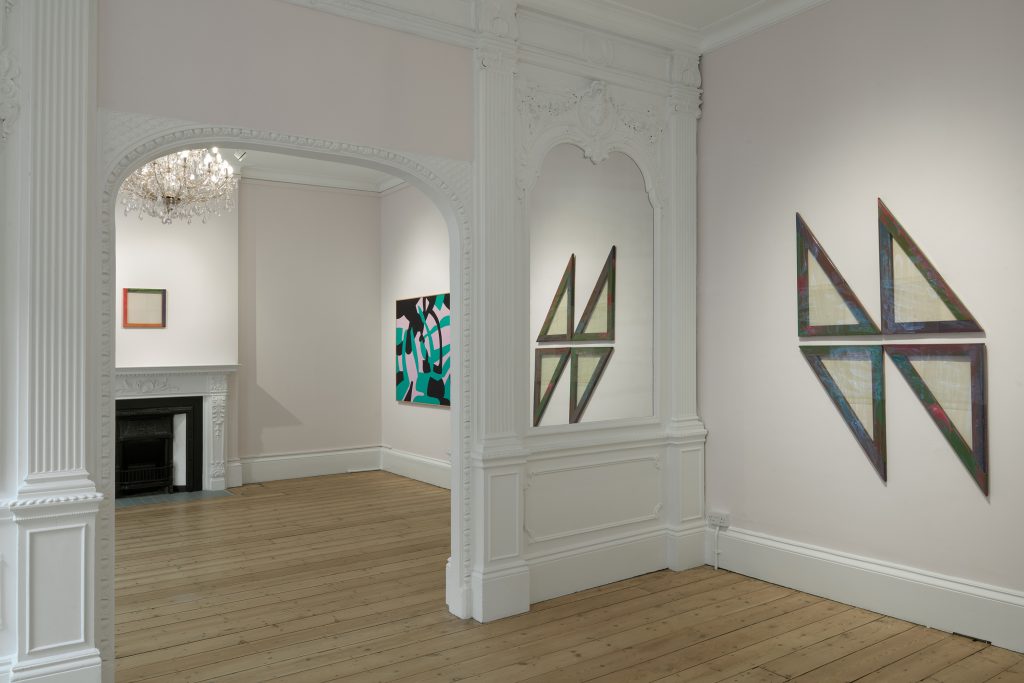
Installation view of “Carla Accardi: Opera Aperta” (2024). Courtesy of Massimo de Carlo, London.
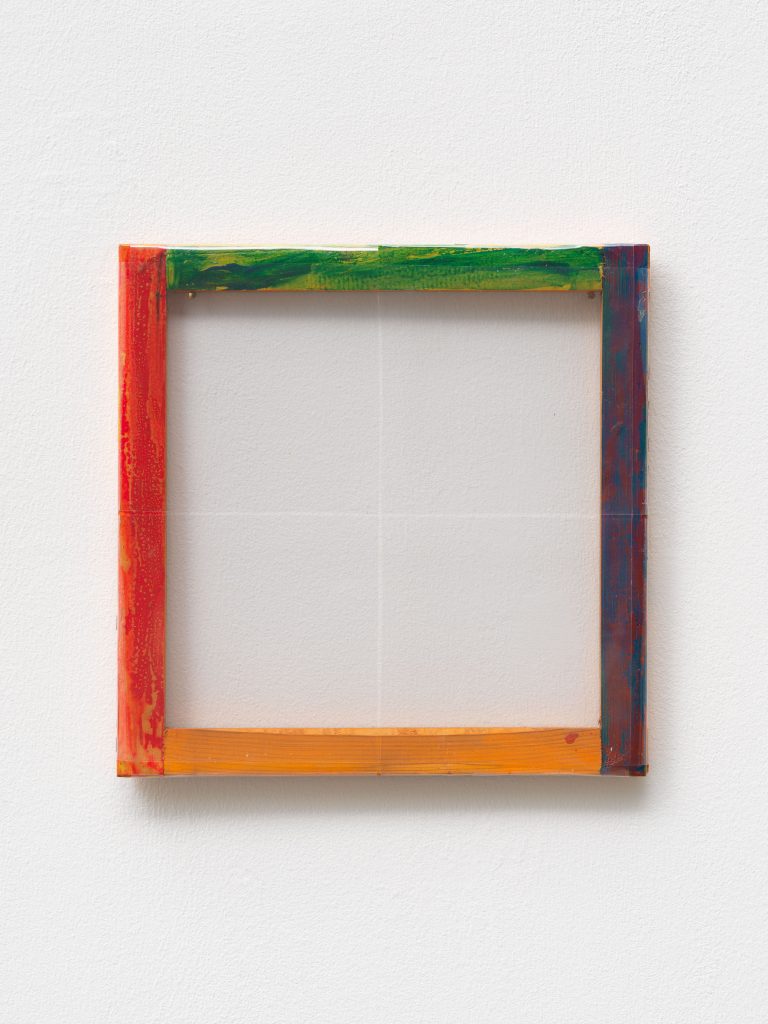
Carla Accardi, Quadrao (1981). Courtesy of Massimo de Carlo, London.
“Carla Accardi: Opera Aperta” is on view at Massimo de Carlo, London, through May 16, 2024.